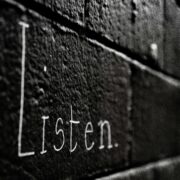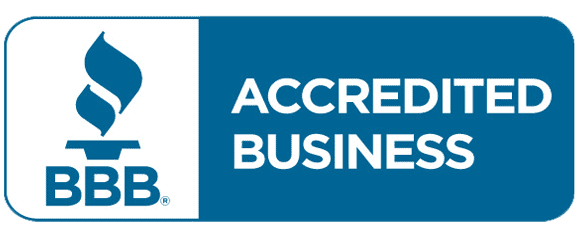Category: Life Coaching 101
10 Powerful Coaching Questions Every Coach Should Be Asking (and Why)
Life Coaching questions are the most powerful tools to create transformation in your client’s life. As a result, as a life coach, the ability to ask the right questions is your greatest asset.
Group Coaching: Why Every Coach Should Add It to Their Business
If you’re a coach looking to grow your business, increase your income, and impact more lives—group coaching is the answer. Many coaches start with one-on-one sessions, but they eventually realize that group coaching programs allow them to:..
Coaching Sessions That Sell: Turn Free Clients into Paying Clients
Have you ever offered a free coaching session, hoping to land a client—only to have them thank you and disappear? You’re not alone. Many coaches struggle to turn free coaching sessions into paying clients.
The Ultimate Guide to Best Coaching Software Tools for 2025
In the fast-evolving landscape of coaching, leveraging the right software tools can make or break your practice. As we approach 2025, the importance of choosing the best technology to enhance your coaching business has never been more crucial. This comprehensive guide will explore a wide array of software tools across categories such as client management, […]
Unlocking Potential: The Real ROI of Life Coaching
Unlocking Potential: The Real ROI of Life Coaching Introduction In today’s fast-paced world, many individuals face the challenge of navigating personal and professional hurdles that can hinder their potential. Whether it’s finding clarity in career choices, enhancing relationships, or achieving work-life balance, the path to self-improvement often feels overwhelming. This is where life coaching steps […]
Master Active Listening: Enhance Your Coaching Skills
If you’ve ever felt the power of truly being heard, then you know just how transformative active listening can be. Today, we’re embarking on a journey to master this crucial skill that can elevate your coaching practice from good to exceptional. Imagine sitting across from a client who’s been struggling to find their direction in […]
Why Coaching Works: The Science Behind Personal Transformation
Why Coaching Works: The Science Behind Personal Transformation Have you ever wondered why coaching can feel like magic? What if I told you that it’s not magic—it’s science! Coaching is more than just conversation; it’s a transformative journey that taps into the power of your brain, rewires your mindset, and unlocks your true potential. Whether […]
Top 5 Coaching Tools Every Coach Needs to Use
As a life coach, the tools you use can make a significant difference in how effectively you help your clients achieve their goals. From streamlining session organization to providing powerful frameworks for transformation, coaching tools are essential for empowering clients and optimizing your practice.
Life Coaching Wheel of Life: A Transformative Tool for Coaches
The Life Coaching Wheel of Life is a powerful tool that helps clients gain clarity, identify areas for growth, and create balance in their lives. This visual framework has become a staple in life coaching sessions, offering an easy-to-understand method to assess and prioritize various aspects of life.













